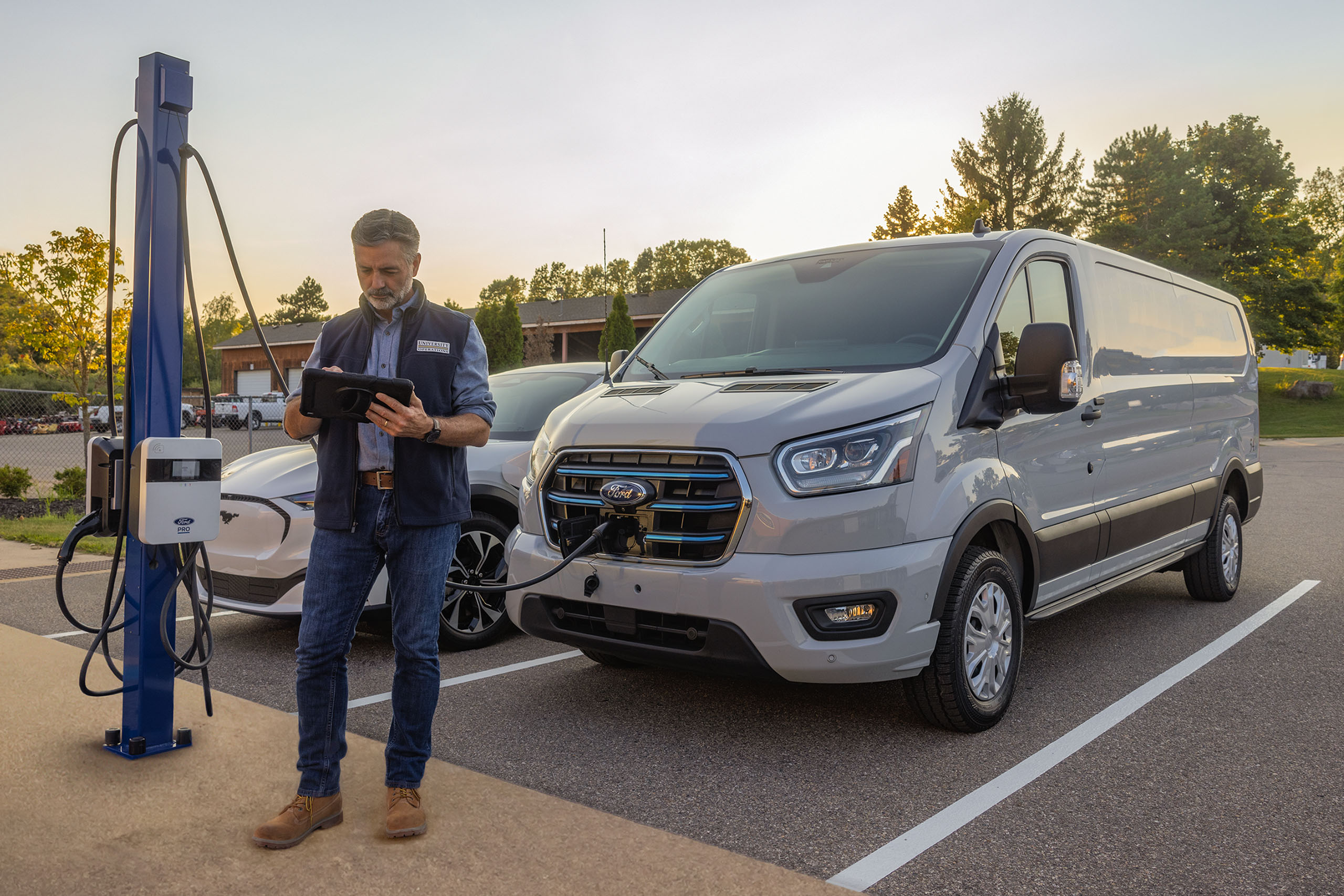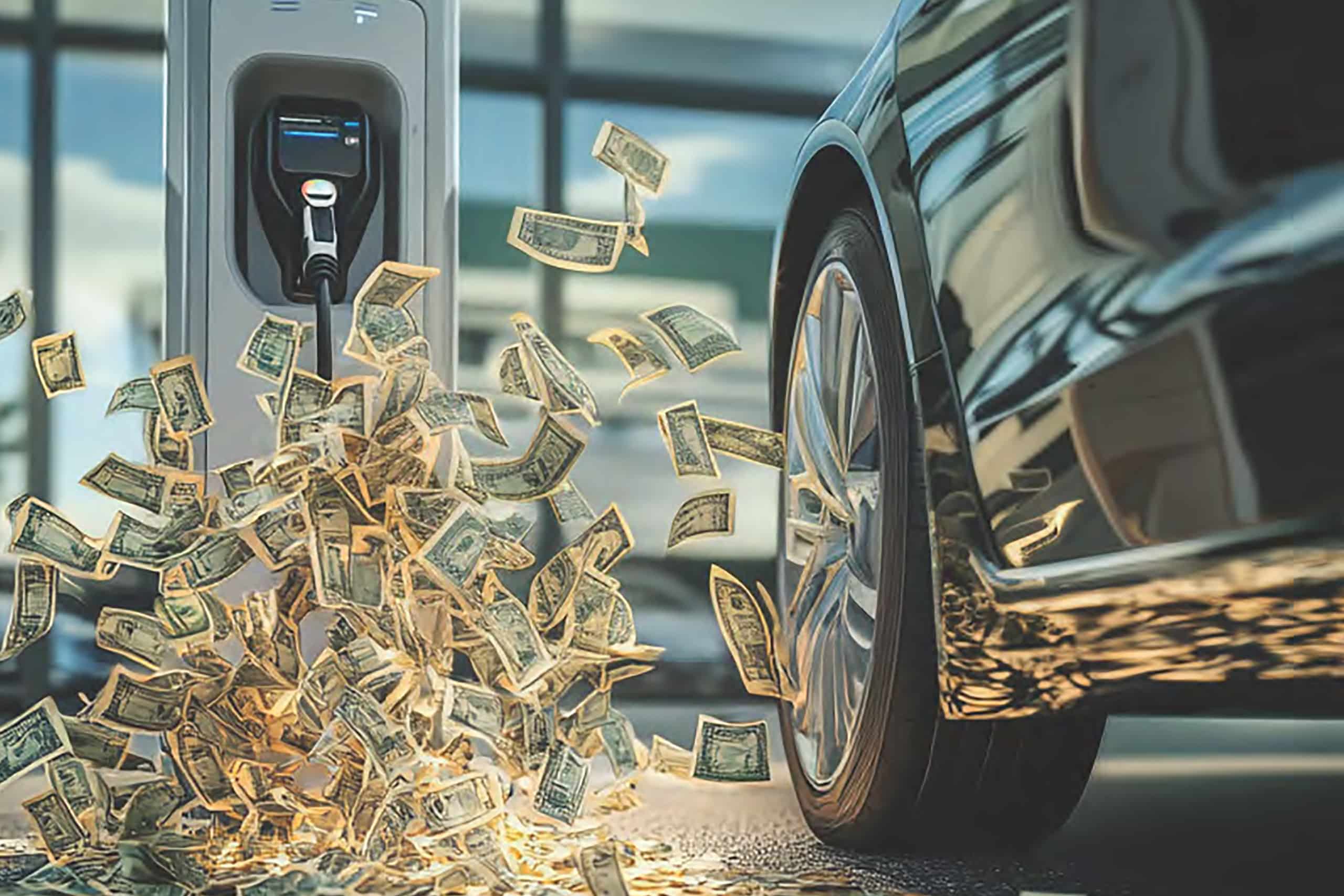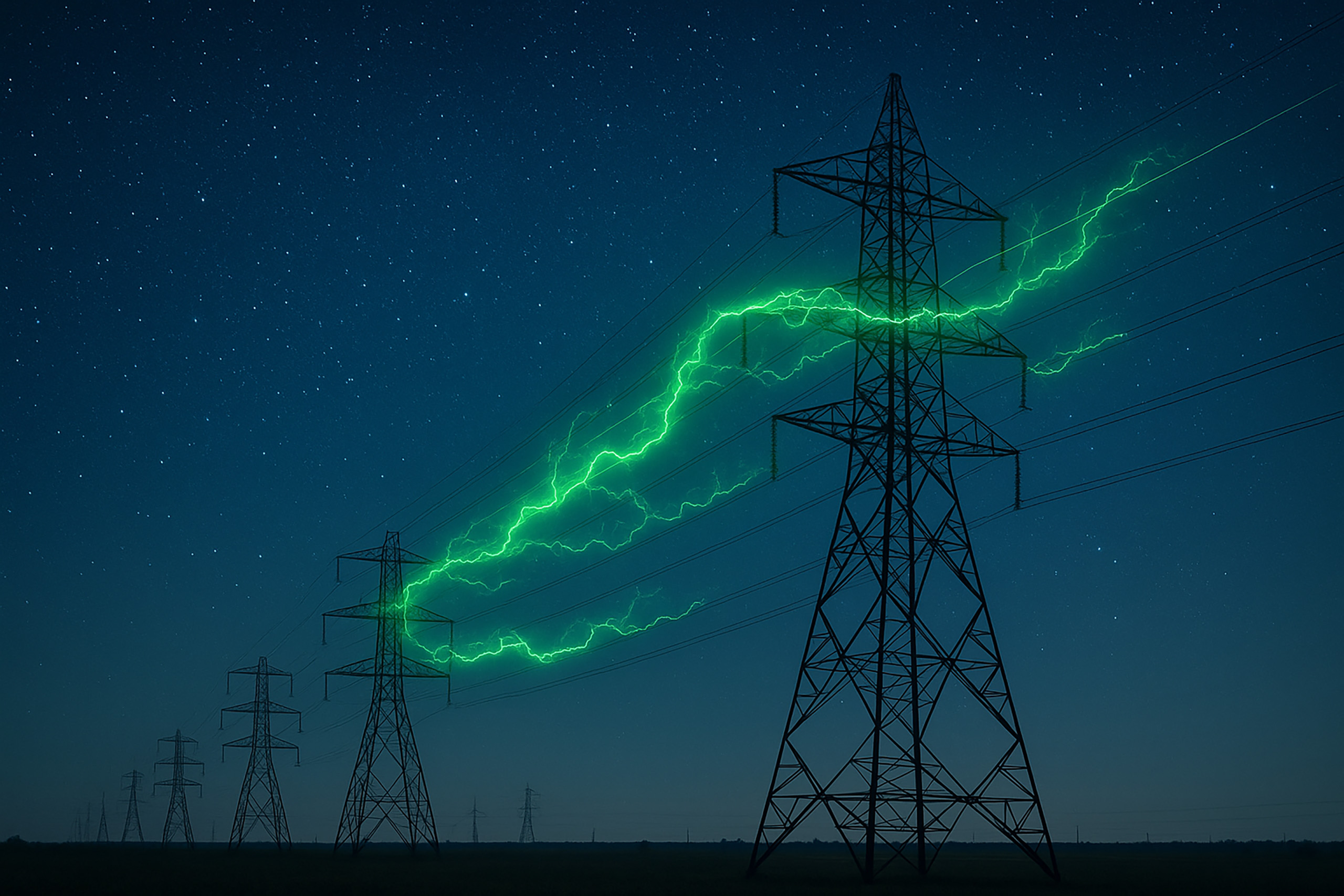
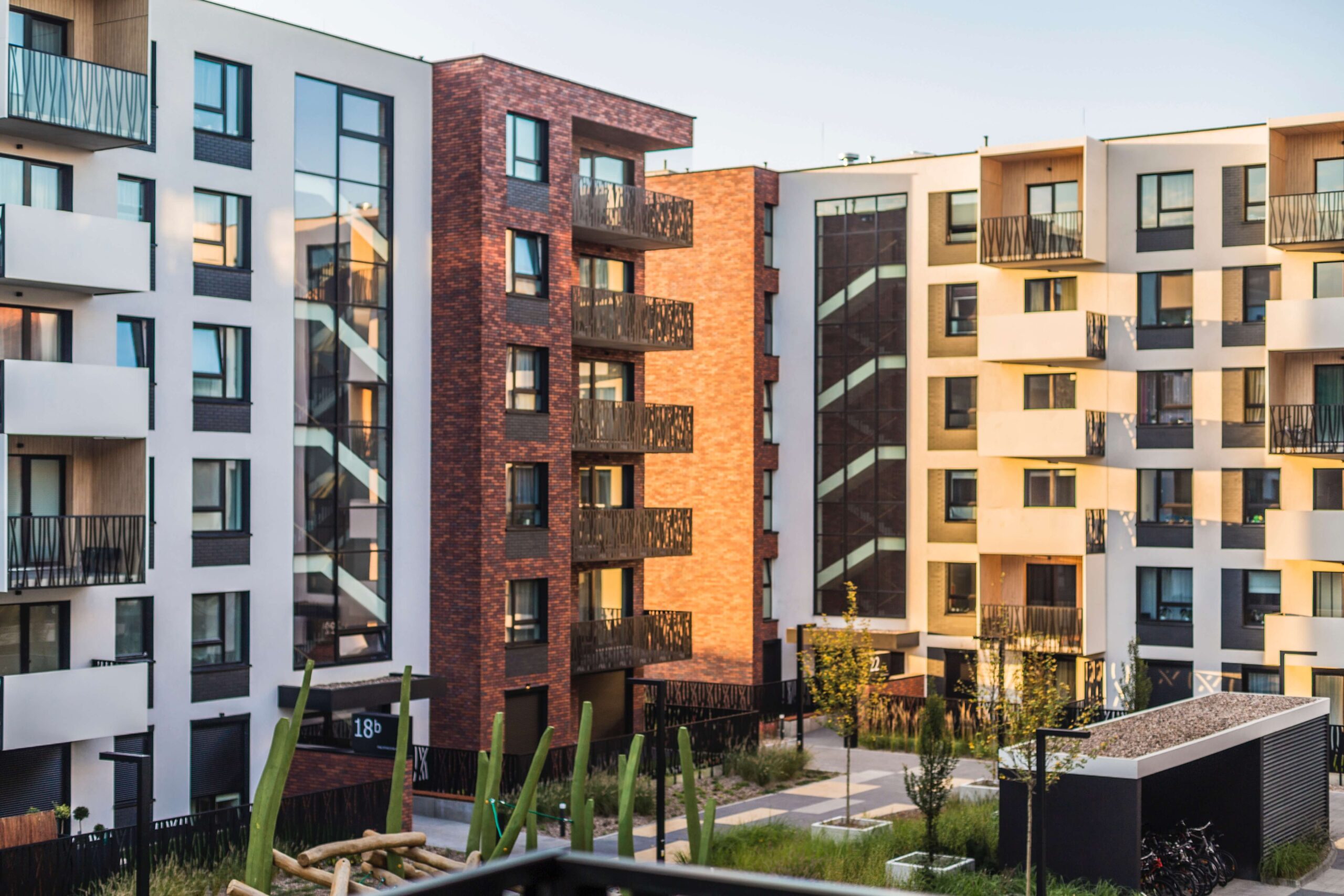
The number of people who drive electric vehicles (EVs) is on the rise, and demand for EV charging is higher than ever.
People prefer to charge their cars where they will be spending lots of time. In fact, more than 80% of EV charging happens at home, according to the US Department of Energy.
What does this mean for owners of multi-unit dwellings (MUDs)?
The availability of EV charging may be a consideration for potential tenants as they choose where to live. Current tenants may be planning to transition to an electric vehicle and will ask you about availability of charging.
And increasingly, many states are mandating that owners of MUDs install EV chargers for a certain percentage of parking spots.
What Is the First Step to Installing EV Chargers at My Multiunit Dwelling?
You may want to know the cost to install EV charging before you begin any project. However, it’s critical first to identify your goals with EV charger installation and work backward from there.
At the start of any project, Future Energy conducts a thorough EV Impact Study based on your properties’ needs. The EV Impact Study provides a comprehensive overview of tasks and helps to analyze your value from EV charger installation.
Identify Your Location
Is your property in an urban, suburban, or rural location? There are more people and businesses in urban areas, but many city dwellers don’t drive. Rural residents tend to drive more miles per day than urban residents do. But urban areas have a roughly 40% higher EV adoption rate.
Other factors include the availability of public transportation and the prevalence of individual car ownership in the area. Future Energy’s formula unravels these factors to customize EV charging for your properties.
Understand Parking
The type of parking that you provide for your tenants also affects how you handle EV charger installation for your apartment building. For example, if you own your own parking lot, EV charger installation will be relatively simpler than if your tenants park in a garage owned by a third party.
No matter the situation, Future Energy works with you to supervise any necessary upgrades to your electrical systems.
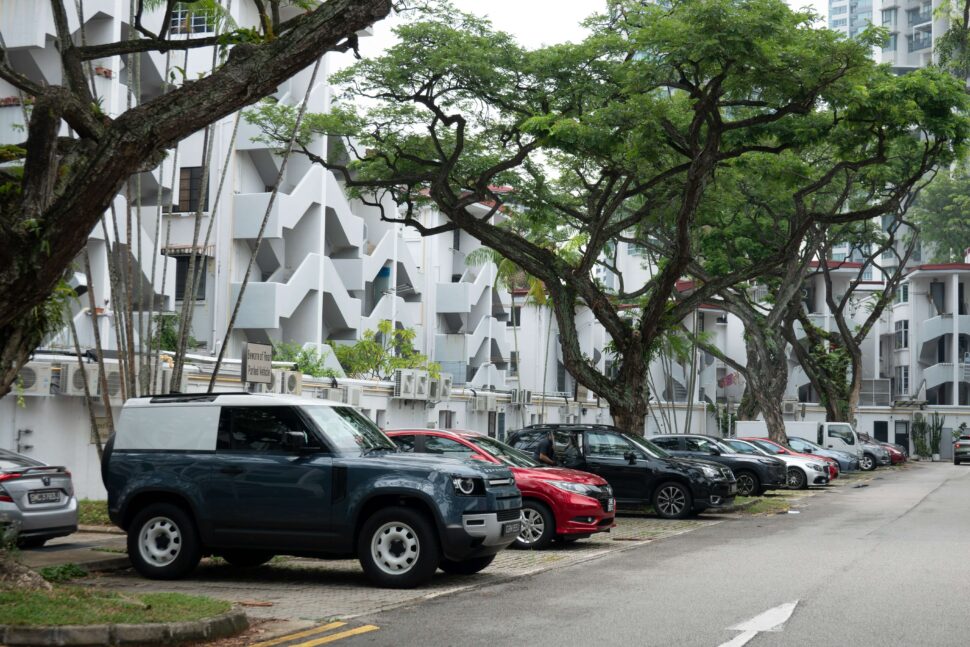
Calculate and Project EV Adoption
Future Energy experts carefully calculate the projected adoption rate for electric vehicles in your area. This is an important figure to consider when determining how many EV chargers you need now and to accommodate future tenants. It’s not enough to consider how many of your current tenants drive EVs. Instead, foresight protects your investment over the long term.
What Are the Rebates and Incentives Available to Offset Cost for My EV Charging Project?
There are many financial incentives available for building owners who wish to install EV charging for their tenants. In many cases, you can stack these incentives to cover up to 100% of your installation costs. Through our proprietary Financial Incentive National Database (FIND) tool, Future Energy helps our clients to identify 99% of all available funds at a national, state, and local level.
National EV Charging Station Tax Credit
On a national level, property owners can receive a federal tax credit of 30% off the cost of qualifying EV charging station installations. The Alternative Fuel Vehicle Refueling Property Credit involves filling out IRS Form 8911.
Availability of State Funds for EV Charging
Many state agencies offer funding for multiunit property owners to install EV chargers. In Northern California, property owners with at least four units can apply for special incentives from Silicon Valley Clean Energy. The public agency offers up to $50,000 for installing EV chargers at multifamily properties, plus additional incentives for chargers for affordable housing.
Individual states also are distributing billions of dollars in programs from funds provided through the Bipartisan Infrastructure Law.
Local Utilities
Many local utility companies offer rebates and discounts on electricity charges for owners of MUDs who install EV chargers. As a typical example, NV Energy in Nevada offers up to $5,000 per EV charging port and up to 75% of the project cost for owners of MUDs. Building owners in low-income areas receive up to $10,000 per port and up to 100% of project cost.
There are many additional examples of utility rebates and incentives across all 50 states and Canada.
Future Energy identifies these funds through the FIND tool and works with you to apply for and procure all available money.
What Are Some Additional Considerations for Installing EV Chargers at My Apartment or Condo Building?
Whether you own an older apartment building or condo complex or you are building a new structure, EV charging is quickly going to become an issue for your tenants.
Understanding State Mandates for EV Charging in Developments
Many states are requiring that construction of new MUDs includes EV charging stations or at least EV-capable parking spaces. For example, beginning in 2025 in Delaware, at least 5% of parking spaces at new MUDs must have EV chargers and 10% must be charging capable.
In New Jersey, new MUD developments with five or more units must designate 15% of off-street parking as “make-ready” for EVs. Prior to occupancy, 5% of spaces must have EV charging stations installed, with 5% additional after three years and another 5% within six years.
These are just some of the considerations that Future Energy helps you navigate as an apartment or condo complex owner.
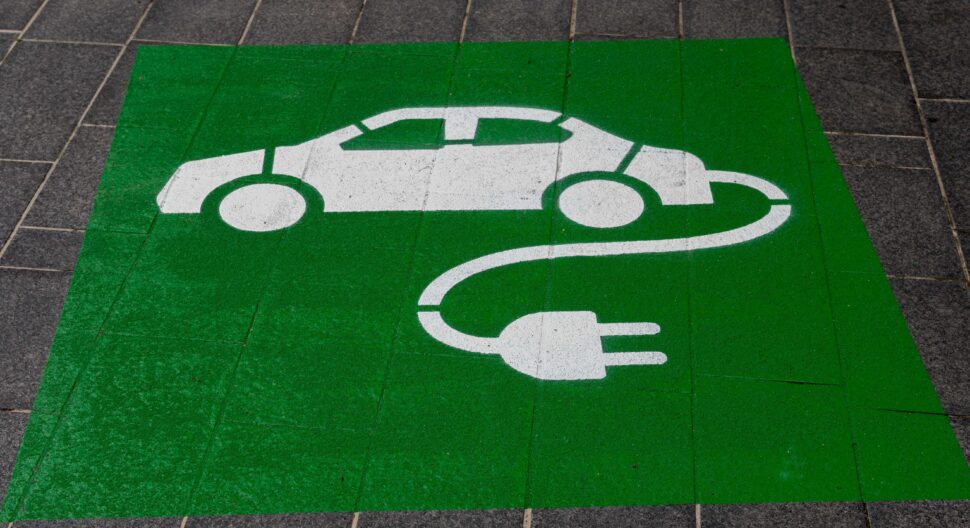
Meeting Electrical Needs
Generally, your tenants will want to plug in their vehicles and charge overnight or during long stays at home. You can meet this requirement through installing level 2 chargers, which run off 240-volt power. Level 3 chargers, also known as direct-current fast chargers, require 480-volt, three-phase power. Even if you elect only to install level 2 chargers, Future Energy still recommends and supervises the installation of a separate circuit for your EV charging requirements.
Dealing with Older Properties
Future Energy’s installation team does a site inspection for your property and determines any issues that stand in the way of providing the infrastructure for EV charging. We generally don’t rely on existing electrical infrastructure. We often build a new, direct connection to the transformer or upgrade the panel and split it off to a new subpanel for dedicated EV charging.
Working with Homeowners Associations
Additionally, Future Energy works with the homeowners association (HOA) or any other third parties that may need to approve changes to infrastructure. Many organizations have an HOA EV charging policy.
Future Energy will have completed your EV Impact Study as a first step. As a result, you already will have generated all necessary engineering documentation, permits, and other documentation to meet the requirements of the HOA electric car charging policy.
Who Can Help Me Navigate Red Tape and Procure Funding for EV Charging at My Property?
Don’t wait for your current and future tenants to start asking for EV charging. Start the process now so that you can futureproof your properties. Future Energy has seen wait lists for electrical infrastructure upgrades that can stretch to 18 months. Contact us today to learn all the ways Future Energy can help with EV charger installs for apartment and condo buildings.

